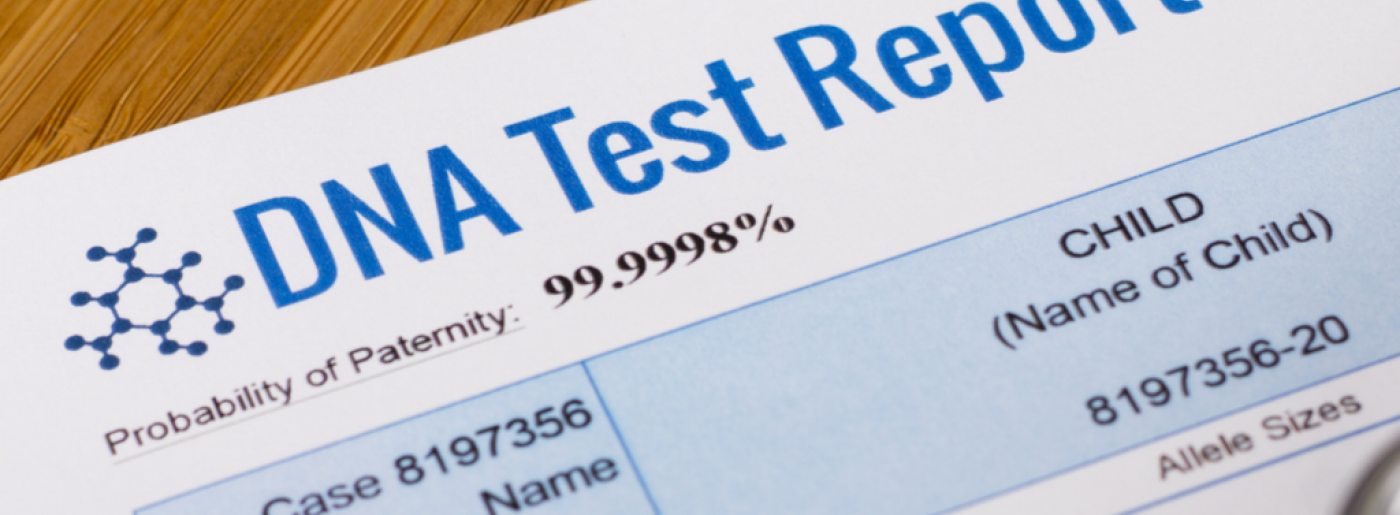Next-generation sequencing (NGS) is transitioning from the research environment to clinical diagnostics in a process which has proven difficult, and exome and whole genome sequencing are at the early stages of implementation in Nordic hospitals. The clinical genomics report details key findings from the interpretation of NGS data, and represents a core hand-off between specialized clinical genomics laboratories and the broader healthcare community. However, the design and procedures for producing clinical genetics reports are not standardized. Misunderstanding results, limitations or key findings can lead to incorrect therapeutic decisions, directly impacting patient management.
Here we review existing national and international guidelines and regulations on clinical reporting. Then, within the framework of the Nordic Alliance for Clinical Genomics, and to evaluate variation across clinical reports, we conducted a peer-reviewed benchmarking exercise. Three fictional clinical cases were distributed to five laboratories, which produced clinical reports from them. The resulting reports were evaluated by seven persons with a background in medical genetics. The results of the benchmarking showed significant variation of reporting on one hand, and difficulties in comprehending key information on the other. Finally, we conducted a series of semi-structured interviews with specialists involved in medical genetic testing and end-users of the reports.
Through these activities, we identified gaps in existing guidelines for clinical reporting of genetic variants, as well as suggestions on how the report structure and design can be changed to improve effective and accurate flow of information from the NGS laboratory to the report end user.
The work is summarised in the white paper Clinical reporting of NGS genomics.
Partners: DNV GL, Oslo University Hospital, University of Iceland, Copenhagen University Hospital,



